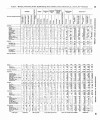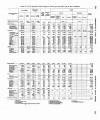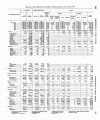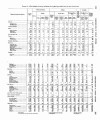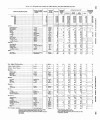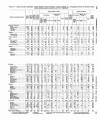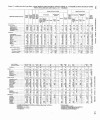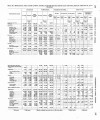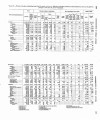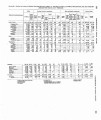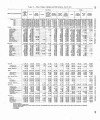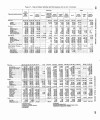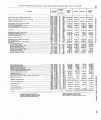| OCR Text |
Show UOMMISSIONEB OF INDIAN DFAIRS. 33 I am of the opinion $at the Holstein-Friesian breed in heat suited for the needs of most of the schools in the Indian Service, and that thls type of animal will give the mast eatisfactory results under the conditions prevailing at the various schoola and reaervatiom. Therefore, in considering changes in your present herd you should plan to purchase animals of this hreed and thus gradually improve the dairy herd until it ia compmed of animals of only one breed. You should have a first-clam 1 ull to head your herd. It is generally recognized that "the hull ia half the herd." Thia will enable you to rapidly improve the claea of mck, retaining only such calvea as prove to he superior animals. All animals should be tuberculin tested at the time of purchaae and at least once a year thereafter. These testa will I e made upon request to the representative of the Bureau of Animal Industry, in charge of the district in which your reservation is hated, who will detail a veterinarian for that purpose. I . . Ewry a.hool dhould have at least one farm paper, with a depanment in it relaring to t l h claes of work, available for the use of all em-plov.ees ., ea.~e ciallvtho~sue ~enisinp or handling such mattars. Cleanline88 i~ of vital importanceand there is no excuae for the buildings and the adjoining inclosures in which the dairy herds are maintained being in a dirty and imanitay condition. I shall expect every cow to pay her way and yield a reasonable profit on the invest ment. I do not want you to feel that you should make radical changes immediately to effect this-in fact the records which you are expected to keep will largely determine what sction shall he taken. In general, I shall expect every dairy herd in the Indian Service to be handled on abusineea l.asin and therecords kept in such manner that the v&ne inspeetingofficiale viaiting your school can readily determine whether satisfactory results are being produced. The dajr division of the Bureau of Animal Industry hsa s number of slide. which are used in giving Btereoptican lectures in regard to these matbm, and I will endeavor to atrange to have sets of them slides circulated among the varioue schwla of the Indian Semce with pamphlets giving a full description of the subjeets illustrated by them. The suppression of contagious diseases prevalent among the live stock of the Indiana has been carried on energetically during the past year. Work done in connection with the eradication of dourine has practically eradicated that disease from among the horaes in the States of Montana and North and South Dakota. Representatives of the Bureau of Animal Industry have discovered the hetenoe of this disease among the horses of the whites and the Indians in various parts of the Southwest, and efforts to effectually stamp it out are being carried on there in cooperation with the Bureau of Animal Industry. Much credit is due to representatives of that bureau for their cooperation in work along these and other lines. On some of the reservations there are many worthless wild horaes running on the range, which seriously interfere with the l i v ~ t o e k industry. On tbe Fort Apache Indian Reservation, where the num-ber of this class of animals ruMing on the range is reported to he 5,000 or more, an orgadied efiort is being made t~ mupd up and dispose of them, retaining only such as are valuable to the Indians 1-174 |






















































































